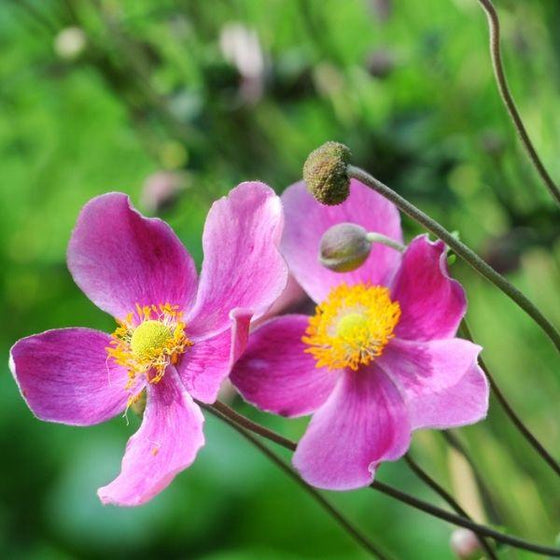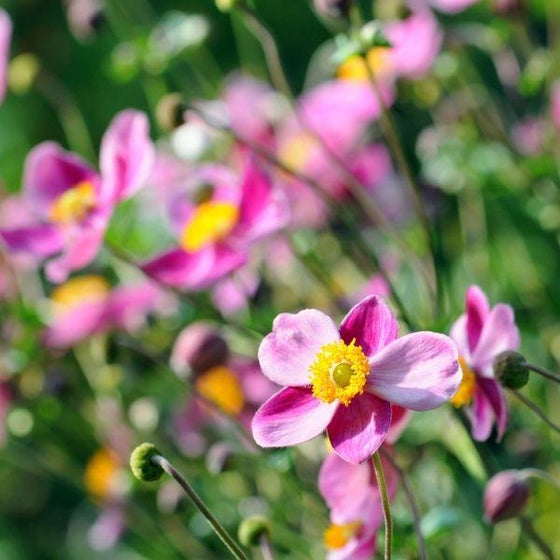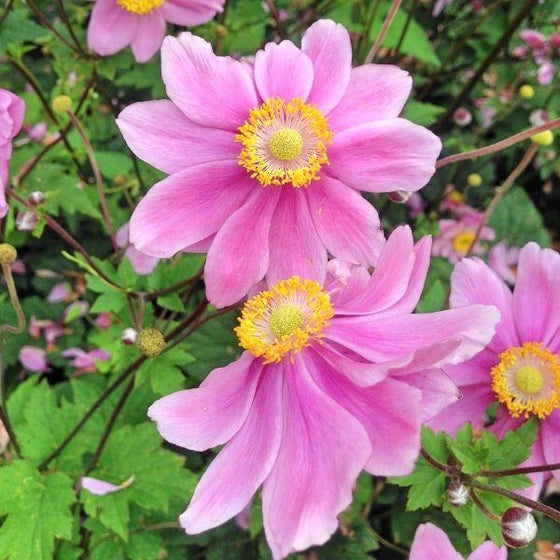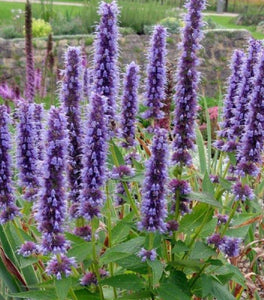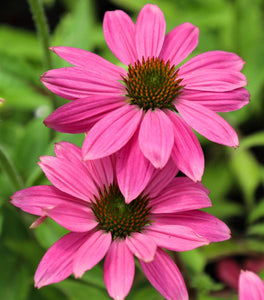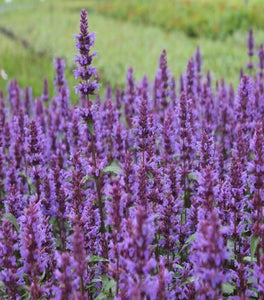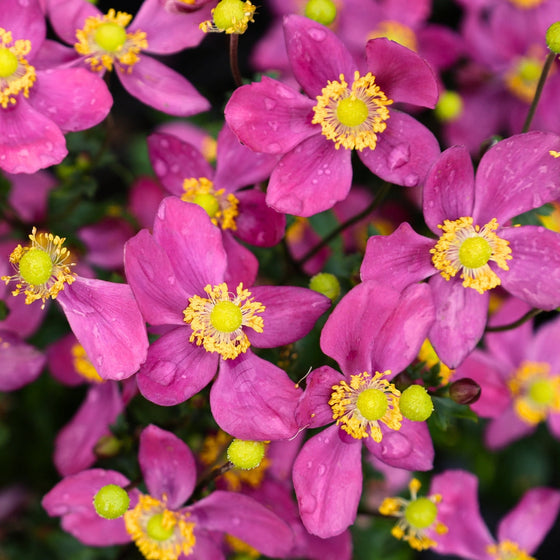
Images Depict Mature Plants
Anemone Fantasy ‘Red Riding Hood’ – Vibrant Fall-Blooming Japanese Anemone
A late-season burst of color your garden will thank you for.
When most summer flowers begin to fade, Anemone Fantasy ‘Red Riding Hood’ steps into the spotlight. Its vibrant red-pink blooms rise above rich green foliage, creating a stunning display from late summer through fall. Compact and easy to grow, this Japanese Anemone adds an elegant, long-lasting touch of color to mixed borders, cottage gardens, and shaded perennial beds.
Compact size, big landscape impact.
Growing just 12 to 18 inches tall, this dwarf variety is perfect for smaller spaces, containers, and garden edges. Despite its compact size, ‘Red Riding Hood’ produces an abundance of semi-double blooms held on graceful stems that sway in the breeze. Its tidy habit and prolific flowers make it an ideal choice for part-sun gardens, where it lights up dappled corners with cheerful, late-season color.
Reliable, hardy, and low-maintenance.
Like other members of the Anemone Fantasy series, ‘Red Riding Hood’ is deer-resistant, drought-tolerant, and low-maintenance once established. It thrives in well-draining soil with partial sun, returning year after year as a dependable perennial. The blooms attract butterflies and bees, making it both beautiful and ecologically valuable. Its resilience and adaptability make it a favorite for gardeners seeking reliable fall color without constant care.
A must-have perennial for late-season color.
When planted in groups, Anemone Fantasy Red Riding Hood creates a natural, cottage-garden charm that softens the transition between summer and fall. Its lush foliage remains attractive throughout the season, while its flowers add drama to cut arrangements. Whether you’re designing a pollinator-friendly border or filling a shady garden with texture and color, this Anemone brings a fairy-tale finish to the growing season.
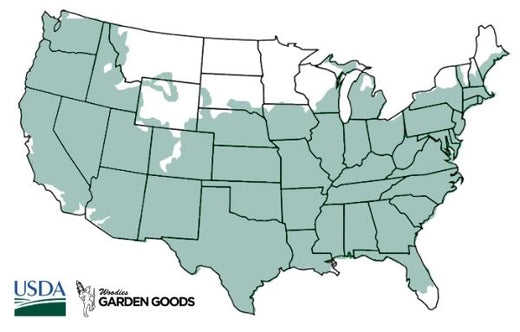
| Hardiness Zone: | 5-9 |
|---|---|
| Mature Height: | 12 to 18 Inches |
| Mature Width: | 12 to 18 Inches |
| Classification: | Flowering Perennial |
| Sunlight: | Full Sun to Part Shade |
| Habit: | Upright, clump forming |
| Flower Color: | Pink with Yellow Center |
| Flowering Season: | Late Summer through Fall |
| Foliage: | Green |
| Soil Condition: | Any Average Garden Soil |
| Water Requirements: | Water well until established |
| Uses: | Extremely attractive when used in the mixed border, mass planting. Attracts pollinators and hummingbirds |
How to Care for Anemone Fantasy Red Riding Hood
Before you purchase your Anemone Red Riding Hood plants, be sure to read our recommended care instructions to ensure your plant remains happy and healthy for years to come.
How should I plant Anemone Fantasy ‘Red Riding Hood’?
Plant your Anemone Fantasy ‘Red Riding Hood’ in an area that receives part sun to light shade and has well-drained, organically enriched soil. Dig a hole that’s roughly twice as wide and the same depth as the root ball. Gently loosen the roots, place the plant so the crown is level with the surrounding soil, then backfill with a mixture of native soil and compost. Water thoroughly after planting to help eliminate air pockets and encourage strong root development. Once established, Japanese Anemones are hardy and dependable perennials that thrive with minimal care. For the first few weeks, keep the soil evenly moist but never soggy. Apply a light layer of mulch to help retain moisture and regulate soil temperature—just be sure to keep it a few inches away from the plant’s crown to prevent rot. Over time, ‘Red Riding Hood’ will naturalize gracefully, forming a lovely clump that returns bigger and better each year.
How should I water Anemone Fantasy ‘Red Riding Hood’?
Water your Anemone Fantasy ‘Red Riding Hood’ deeply and consistently during the first growing season to help establish a strong root system. Once the plant is established, it becomes moderately drought tolerant and can handle short dry periods. The goal is to keep the soil lightly moist but never saturated, as overly wet conditions can cause root stress or crown rot. During especially hot or dry weather, water once or twice weekly, allowing the top inch of soil to dry between waterings. A layer of mulch helps retain soil moisture and reduce evaporation, particularly in sunnier locations. In shaded or part-sun areas, monitor moisture closely and adjust watering frequency based on soil drainage and weather conditions.
How should I fertilize Anemone Fantasy ‘Red Riding Hood’?
Fertilize your Anemone Fantasy ‘Red Riding Hood’ once in early spring using a balanced, slow-release fertilizer or a layer of organic compost. This provides essential nutrients for new growth and encourages healthy blooming throughout the season. Avoid over-fertilizing, as excessive nitrogen can result in lush foliage but fewer flowers. For containers or heavy bloomers, you may apply a diluted liquid fertilizer once a month during the growing season to maintain consistent performance. Japanese Anemones naturally thrive in average soil conditions, so minimal feeding is needed to keep this perennial vigorous and blooming year after year.

How and when should I prune or deadhead Anemone Fantasy ‘Red Riding Hood’?
Deadhead spent flowers regularly to encourage continued blooming and maintain a tidy appearance. Use clean pruning shears to snip off faded blooms just above a set of healthy leaves. This helps redirect the plant’s energy toward producing new buds, extending the bloom period well into fall. At the end of the growing season, cut back the stems to just above ground level once the foliage has died back or turned yellow. This cleanup step prepares the plant for winter and encourages fresh, vigorous growth in spring. Anemone Fantasy ‘Red Riding Hood’ will re-emerge stronger each year, rewarding you with reliable color when other plants fade.

